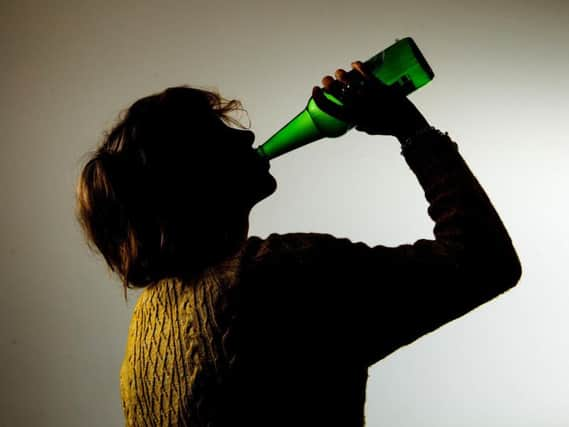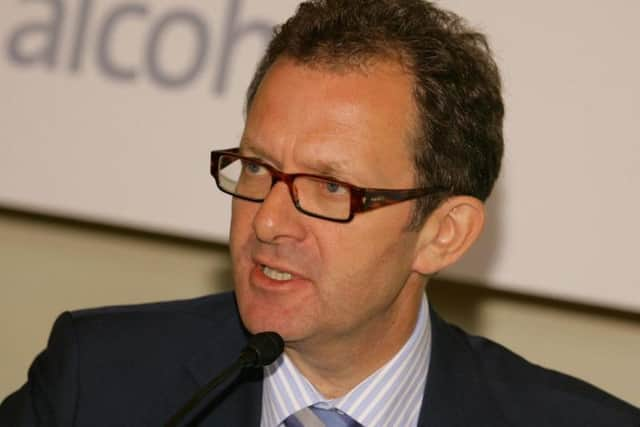'Bleak picture' painted of North East's levels of drinking as plea made to raise booze prices


New figures released today from Public Health England paint a "bleak picture for the North East" according to health experts, as they show the amount people in the region consume the highest amount for any English region. The figures set out that over 30% of adults – 636,000 people – in the North East are drinking above the recommended drinking guidelines of 14 units a week for both men and women. This is compared to around one in four (25.7%) in the rest of the country. The data shows that enough alcohol is being sold for every drinker in the North East to be consuming 21.7 units every week – more than seven units above the Chief Medical Officers’ recommended guidelines. The findings also reveal the North East is the binge drinking capital of the country, with almost a quarter (22.9%) of adult drinkers binge drinking on their heaviest drinking day of the week.The shocking figures come just a day before the Chancellor’s Spring Budget, with health campaigners calling for a tax increase on high-strength white cider, which will help tackle some of the most serious alcohol-related harms. Colin Shevills, director of Balance, the North East Alcohol Office, said: “It’s very worrying that the North East is drinking at significantly higher levels than the rest of the country.
"Alcohol is linked to around 200 medical conditions, including cancer, heart disease and stroke.


Advertisement
Hide AdAdvertisement
Hide Ad"Drinking at these levels comes at a cost which can be seen by the fact that, despite recent improvements, we continue to have the highest rates of alcohol related hospital admissions in the country. “There’s no other region in the country putting as much effort into tackling alcohol-related harms than the North East, but the task ahead of us is huge.
"We urgently need the Government to support us in taking steps to make alcohol less affordable, available and widely promoted.“In tomorrow’s budget, the Government has a perfect opportunity to start to redress the balance by increasing duty on the most harmful alcohol products, notably strong, cheap white cider, which is so often the drink of choice for some of the most vulnerable members of society, including young people and dependent drinkers.“The Government is being subjected to intense lobbying by sections of the alcohol industry calling for cuts in alcohol duty, putting their own profits above the nation’s health.
"The Government must resist that pressure and fulfil its responsibility to protect vulnerable members of society.” Liver specialist and chairman of the Alcohol Health Alliance (UK), Professor Sir Ian Gilmore, said: “We are very concerned by the high numbers of people drinking at these levels. Drinking above the UK’s chief medical officers’ guideline of 14 units (for both men and women) places you at increased risk of illnesses like cancer, heart disease and liver disease.
“The fact that two-thirds of alcohol is being sold in the off-trade also means that people are able to drink at these levels very cheaply.


Advertisement
Hide AdAdvertisement
Hide Ad“With the budget tomorrow, now is the time for the government to increase duty on the cheapest alcohol products which are disproportionately responsible for harm.
“It is also essential that the risks associated with drinking above low-risk levels are communicated to the public, so that the public are empowered to make informed choices about their consumptions.
"We need mandatory labelling of alcohol products, and mass media campaigns informing consumers of the health harms of drinking.”